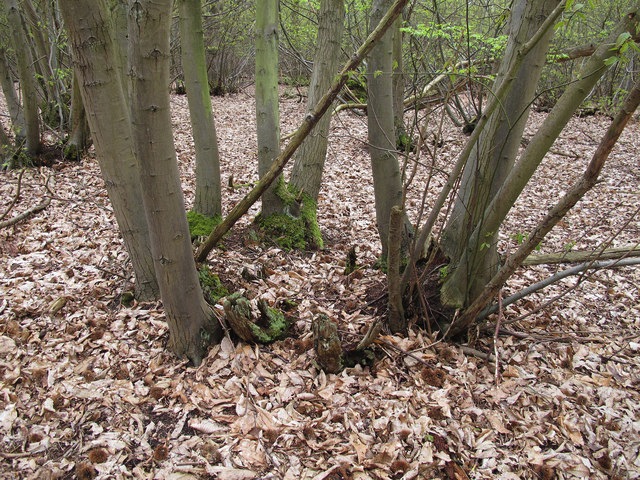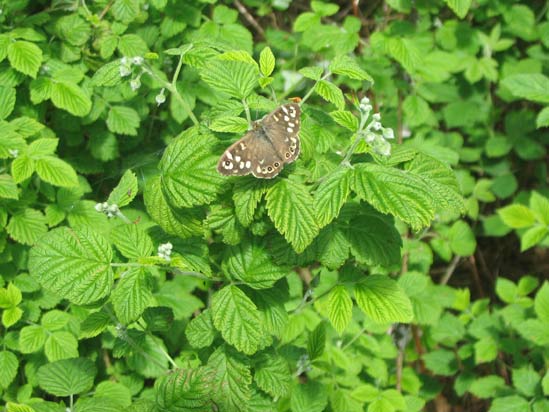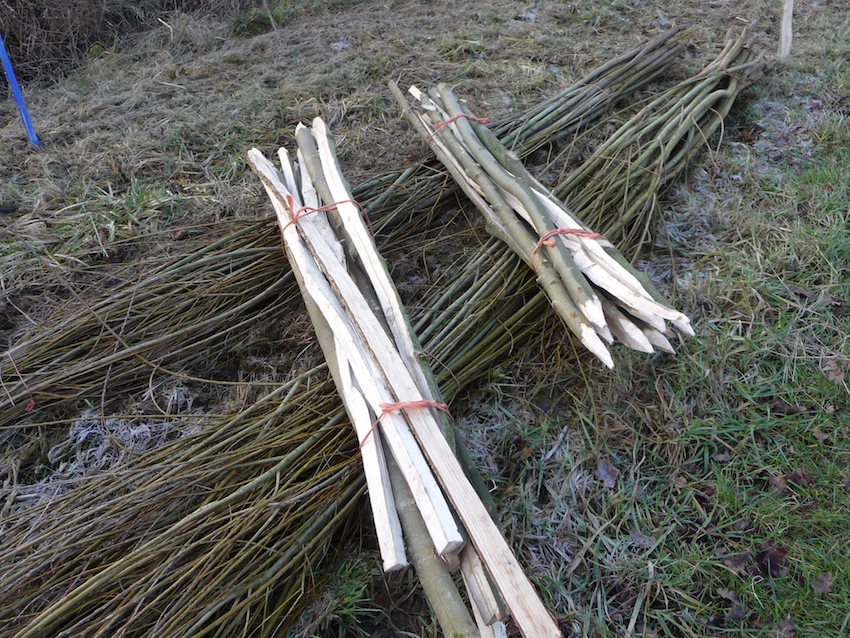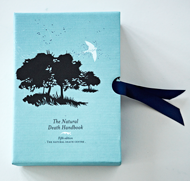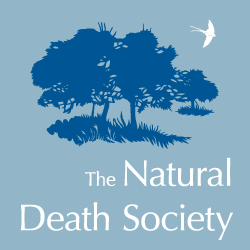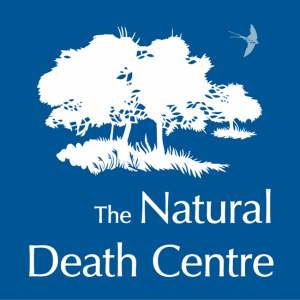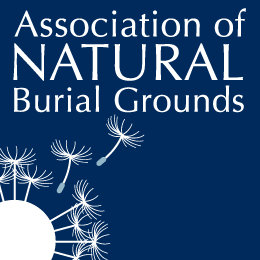Future sustainability of natural burial sitesMuch thought - and some concern - occurs when considering the planning and long term visions of natural burial sites. The public is right to question how a burial ground will not only look but support themselves once all of the plots are sold and the site becomes full. Historically, most natural burial grounds have envisaged their land passing to the county wildlife charities or similar organisations. Unfortunately, these charities are not always interested in taking on a 'full' burial ground, particularly if they are small and isolated or if they fear that the their management may conflict with the interests of the bereaved who may still visit or own rights of burial. One way to avoid this difficulty is to ensure that a site, once full, will support itself in some other way. Even taking into consideration the ring-fenced maintenance funds that most sites pay into, there is some concern that the sums accrued will not be sufficient to manage the sites safely and well. Some other use would ensure that land used for natural burial has a positive future.
One way of approaching this problem is that the sites either retain an agricultural use, or that woodland established by way of memorial tree planting is in itself sustainable. This means that burials on farmland sites are carried out without the planting of trees and the site continues to be grazed and managed as a productive meadow. Or if, as is more common, graves are marked with memorial trees, these trees provide an income that will pay for the maintenance and management of the woodland. For most people the thought of ‘granny’s tree’ being chopped down and processed in some way is distressing. This does not have to be the case -properly managed woodland can retain its memorialisation and still sustain itself through coppice woodland management.
The case for coppicingSince the last ice age, our ancestors have controlled and managed the woodlands of the UK. There are very few rare examples of pre human-influenced ‘native woodland’ left in the UK, all our ancient woodland has developed as the result of millennia of human management. Our woodland plants and animals have evolved as a result of this work and in fact now rely on the active management of woodland to survive. Since the World War II, most UK woodland has been abandoned as unprofitable, resulting in around 60% of it becoming unmanged, and thus of little benefit to wildlife. Traditional woodland management should not be confused with the forestry practices established in the 20th century, which on the whole created alien monoculture landscapes. Our ancient woodlands were a source of fuel and timber for hundreds of years and it is this resurgence of interest in bio-fuel that can solve the issue of sustainable burial sites. A healthy woodland consists of four levels of vegetation; the high tree canopy (standards); an underwood layer (shrub/coppice); flora (ferns and plants); and ground level mosses and fungi.
The key here is the coppice level. If a low percentage of graves are planted with standard tree species, such as oak, that are allowed to become the high, permanent level, then the majority of the graves can be planted with coppice species such as hazel, chestnut, ash or whitebeam. These trees will then be ‘pruned’ at or near ground level, at an interval of between 7 and 15 years, depending on the local conditions and the species. This coppicing does not kill the tree, but encourages more rigorous growth that supports abundant wildlife - and the cut wood can provide an income to a woodsman, from a variety of products. This opening up of the woodland in sections year by year is exactly what our ancestors did, and through this practice, sections of the wood receive light and warmth every few years. This triggers the growth and germination of the many different woodland flowers that we all associate with British woodland, which through their evolution rely on this system of management to survive. Of course the wildlife dependent on coppicing goes beyond the flowers and includes species of insect and butterfly, bird and mammal. If woodland is kept open all the time and the canopy is not allowed to grow densely together, periodically cutting out the light, grasses would flourish. These would compete with weaker species such as bluebell and primrose and the diversity of the woodland would turn into parkland. The coppicing system is an ideal way of preventing this, with its cyclical felling. When families have this explained to them, they appreciate that with the denser planting of coppice species, graves can be permanently marked with a tree with a guaranteed long, productive life. If a suitable species of tree is chosen and a coppicing management regime undertaken, every family could have a memorial tree with the potential to live for hundreds of years.By utilising coppicing, the evolving woodland retains a rich biodiversity and provides a living landscape that can be enjoyed for generations to come. Coppice products include hurdles made from the rods from the hazel stools, fencing from chestnut, thatching spurs from hazel and garden poles from a variety of species. Seconds can be sold as fire wood which is a carbon neutral fuel source; this is now commonly turned into woodchip which powers biomass systems. Woodsmen pay for the right to harvest this underwood, not only providing the burial site with an income that could cover public liability insurance for example but the felling activity within the wood will also ensure that it remains clear and accessible to visitors and does not get snarled up with bramble and scrub.
NB This system does not provide a solution for very small sites, as there would not be any value in the quantity of wood products produced within the cycles. For such burial grounds, an agricultural or wood-pasture solution would work better. Issues arise if individual site managers have allowed the planting of useless tree species across their sites, or the planting of vigorous invasive species on the graves such as rhododendron. In these circumstances the long term future of the site as a productive and protected location will be doubtful. |
|
The New Natural Death Handbook fifth edition is out now, this book is a must read for everyone. Completely revised and expanded into a boxed set of three books... Read more Credit to Will Whipple (photographer) ______________ Links and Resources
|
Home | Contact us | Log in | Donate ![]()
Registered Charity
Number. 1091396
Helpline: 01962 712 690
Normal call rates apply

.jpg)
